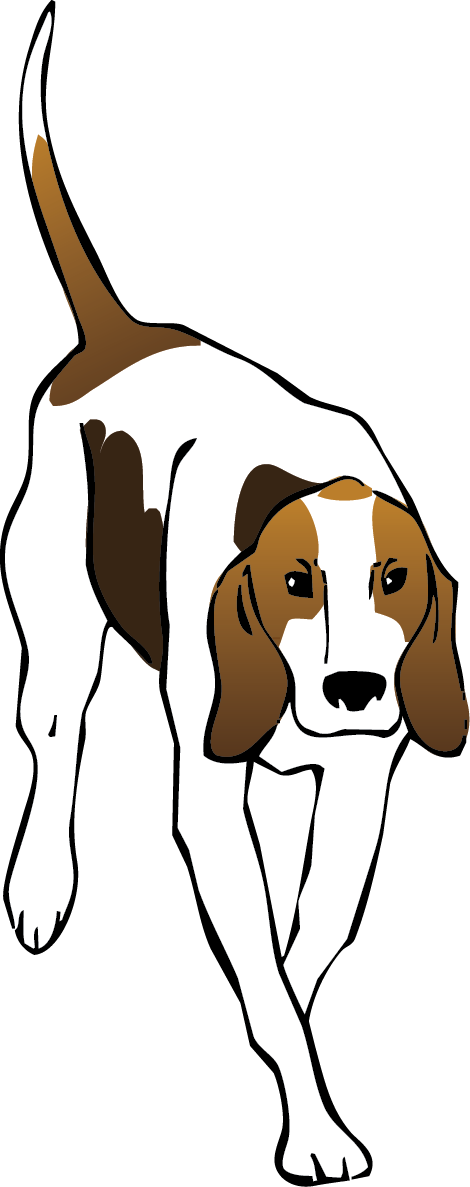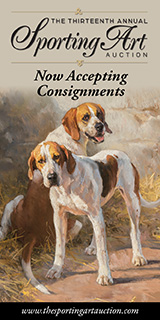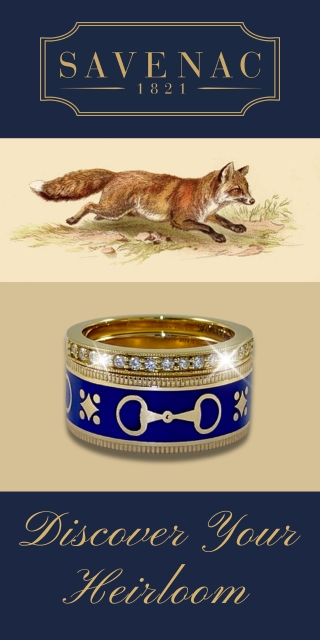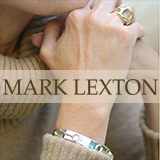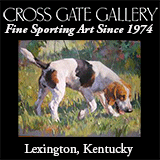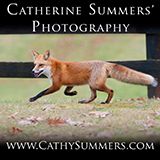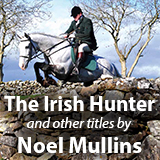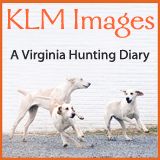Charles Owen
What’s New in Hunting Head Wear?
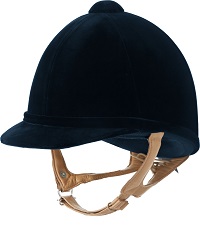 H2000 / Courtesy Charles OwenCan a foxhunter make use of modern materials and technology for a safer riding experience, yet maintain the traditional look of the hunting field? This has been an ongoing challenge.
H2000 / Courtesy Charles OwenCan a foxhunter make use of modern materials and technology for a safer riding experience, yet maintain the traditional look of the hunting field? This has been an ongoing challenge.
With foxhunters representing but a small subset of the total market for riding helmets, it makes good business sense for helmet manufacturers to strive to distinguish and brand their product offerings with stylish new shapes, medallions, stripes, and other decorative touches, none of which resembles anything that would have been acceptable in the hunting fields of even twenty years ago.
Correct hunting attire of the early twentieth century called for men and women field members to wear hunting derbies, with men switching to top hats when in formal attire. Later in the twentieth century, both men and women field members were moving toward the wearing of the iconic hunt cap in the field, traditionally correct only for Masters and staff. The rationale was that hunt caps, covering more of the head, were believed to be safer than derbies and top hats. In the interest of safety, most Masters put up little resistance to this migration.
We recently published a story about Caroline Treviranus, whose accident during the 1978 Three-Day World Championships rapidly spurred equestrian organizations to mandate the wearing of approved safety helmets during competition. So it was that when Caroline started managing my hunting stable some years later, I was still wearing the traditional hunt cap in the field.
Constructed of laminated fabric stiffened with shellac and glue, with no chin strap to keep it on my head in the event of an unscheduled dismount, it provided scant protection compared to the new approved helmets. Caroline, in the interest of job security (and perhaps even my health), commenced nagging me about wearing a safety helmet with harness to go hunting.
Riding Helmets Discounted on July 10
June 25, 2010Riding helmet manufacturers Charles Owen, Troxel, GPA and Aegis will be offering discounts on helmets purchased through participating retailers on July 10, National Helmet Awareness Day. The event is endorsed by USEF, USEA, and USDF. A list of participating retailers and further information is available at Riders4Helmets.com. Stylistically, although anything goes for schooling, showing, and hacking, remember that only black (or dark blue for ladies) velvet covering is appropriate for the hunting field during the formal season! (For a refresher on correct attire, go to the Resources drop-down menu and click on Attire, Tack, and Appointments under Foxhunting 101.)
Read More
